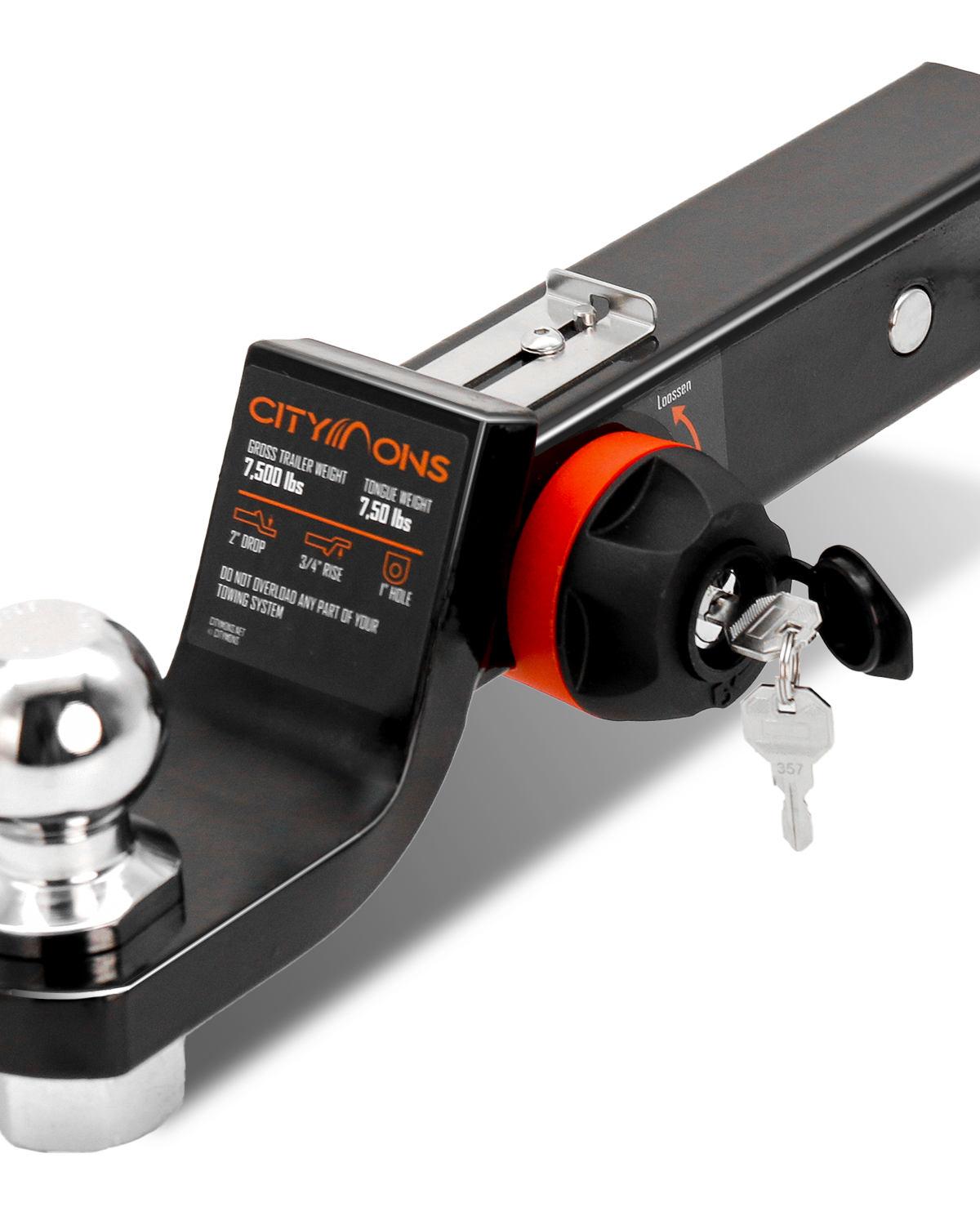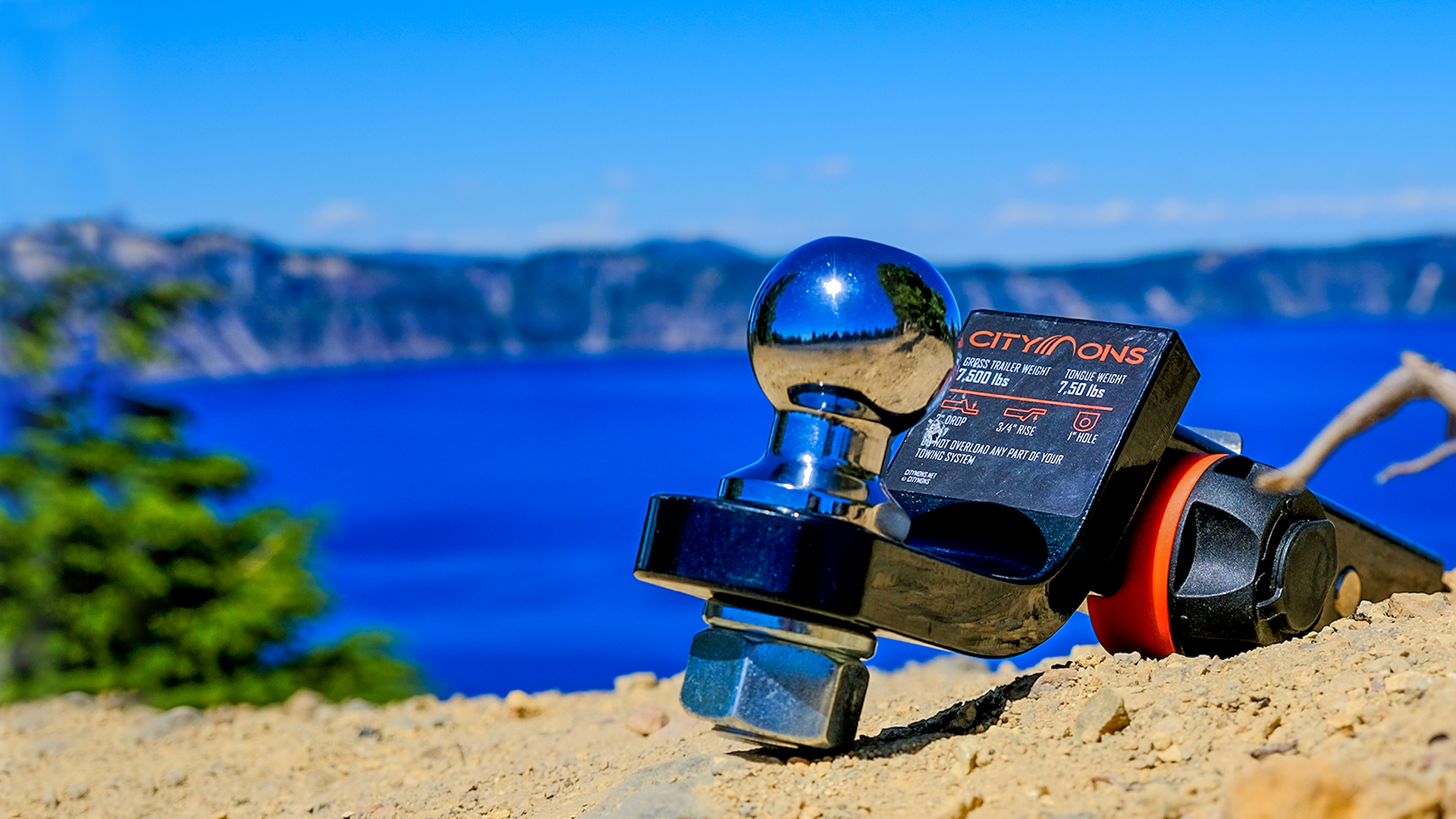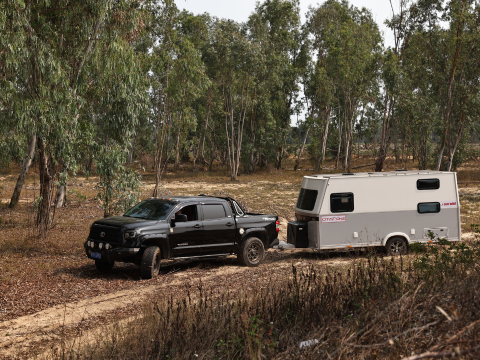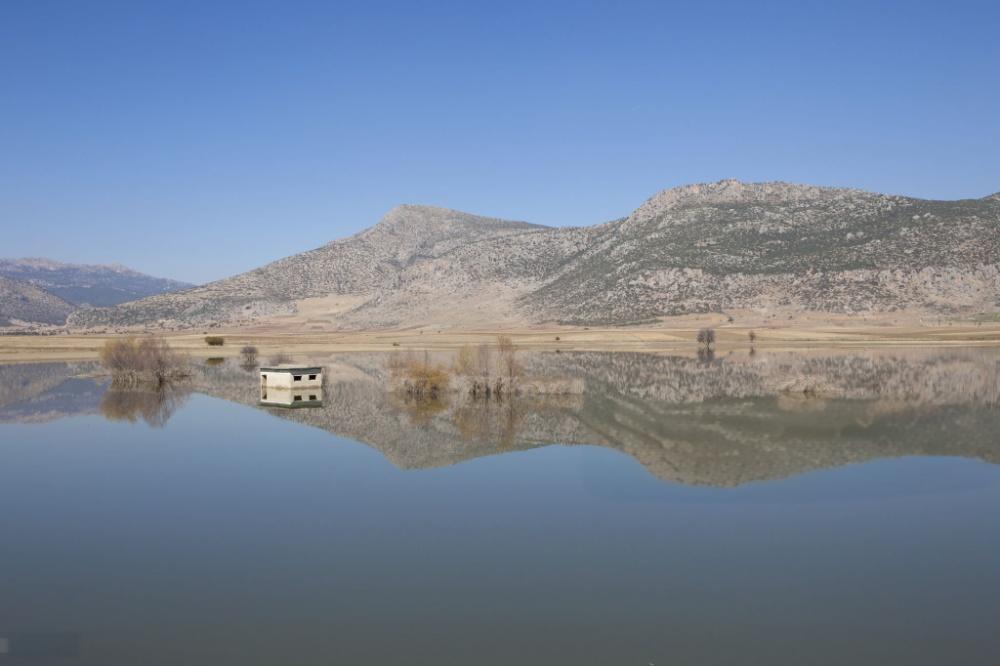There’s nothing quite like hitting the open road in an RV, with the freedom to explore at your own pace. But planning a successful road trip takes more than just a full tank of gas and a sense of adventure. From mapping your route to budgeting for hidden costs, here’s everything you need to know to make your journey unforgettable.
Step 1: Choose Your Route Wisely
-
Scenic vs. Efficient:
Decide whether you want the fastest route or the most scenic one. Apps like Roadtrippers can help you find hidden gems along the way. -
Check Road Restrictions:
Some roads and tunnels have height, weight, or length restrictions for RVs. Use resources like the RV LIFE App to avoid surprises. -
Plan for Fuel Stops:
RVs aren’t known for fuel efficiency. Map out gas stations along your route, especially in remote areas.
Step 2: Set a Realistic Budget
-
Fuel Costs:
Calculate your RV’s MPG and estimate fuel expenses using tools like GasBuddy. -
Campground Fees:
National parks, private campgrounds, and RV resorts vary widely in price. Boondocking (free camping) can save money but requires self-sufficiency. -
Food and Activities:
Stock up on groceries to cut dining costs, but leave room in your budget for local experiences and attractions.
Step 3: Pack Smart, Not Heavy
-
Essentials Checklist:
Don’t forget leveling blocks, sewer hoses, water filters, and a toolkit for minor repairs. -
Clothing for All Weather:
Layers are key, especially if you’re traveling through varying climates. -
Entertainment:
Bring books, games, and outdoor gear like bikes or kayaks to make the most of your stops.
Step 4: Stay Connected (or Disconnected)
-
Internet Options:
Invest in a mobile hotspot or Wi-Fi booster if you need to stay connected. Otherwise, embrace the digital detox. -
Safety First:
Carry a GPS device or offline maps in case of poor cell service. A satellite phone can be a lifesaver in remote areas.
Step 5: Must-See Stops Across the U.S.
-
West Coast:
Pacific Coast Highway (California), Redwood National Park, and Crater Lake (Oregon). -
Southwest:
Grand Canyon, Zion National Park, and Sedona’s red rocks. -
East Coast:
Blue Ridge Parkway, Acadia National Park (Maine), and the Florida Keys. -
Midwest:
Badlands National Park (South Dakota) and the Great Lakes shoreline.
Pro Tips for a Stress-Free Trip
-
Reserve Early:
Popular campgrounds fill up fast, especially in summer. Book at least 3-6 months in advance. -
Drive During Daylight:
Navigating unfamiliar roads in the dark can be tricky. Plan to arrive at your destination before sunset. -
Leave Room for Spontaneity:
Some of the best memories come from unplanned detours. Build flexibility into your schedule.
Sample 2-Week Itinerary: Southwest Adventure
| Day | Destination | Highlights |
|---|---|---|
| 1-2 | Grand Canyon, AZ | South Rim views, hiking Bright Angel Trail |
| 3-4 | Sedona, AZ | Red rock hikes, Jeep tours |
| 5-6 | Zion National Park, UT | Angels Landing, The Narrows |
| 7-8 | Bryce Canyon, UT | Hoodoos and sunrise at Inspiration Point |
| 9-10 | Moab, UT | Arches and Canyonlands National Parks |
| 11-12 | Monument Valley, AZ | Iconic desert landscapes |
| 13-14 | Las Vegas, NV | Relax and recharge before heading home |
Conclusion: Your Adventure Awaits
With the right planning, your RV road trip can be the experience of a lifetime. Whether you’re chasing sunsets, exploring national parks, or simply enjoying the freedom of the open road, the journey is just as important as the destination. What’s your dream RV route? Share it in the comments below!






